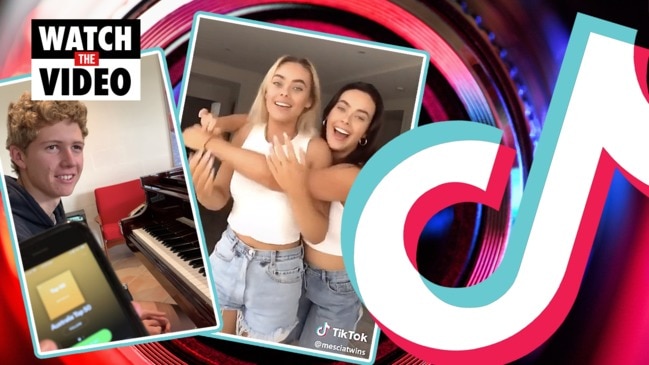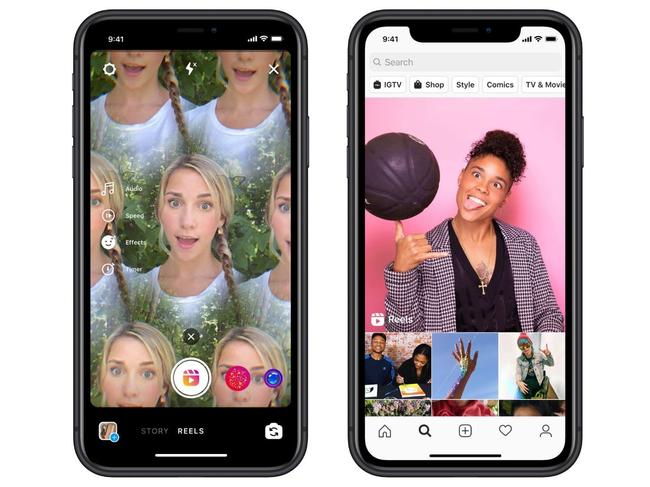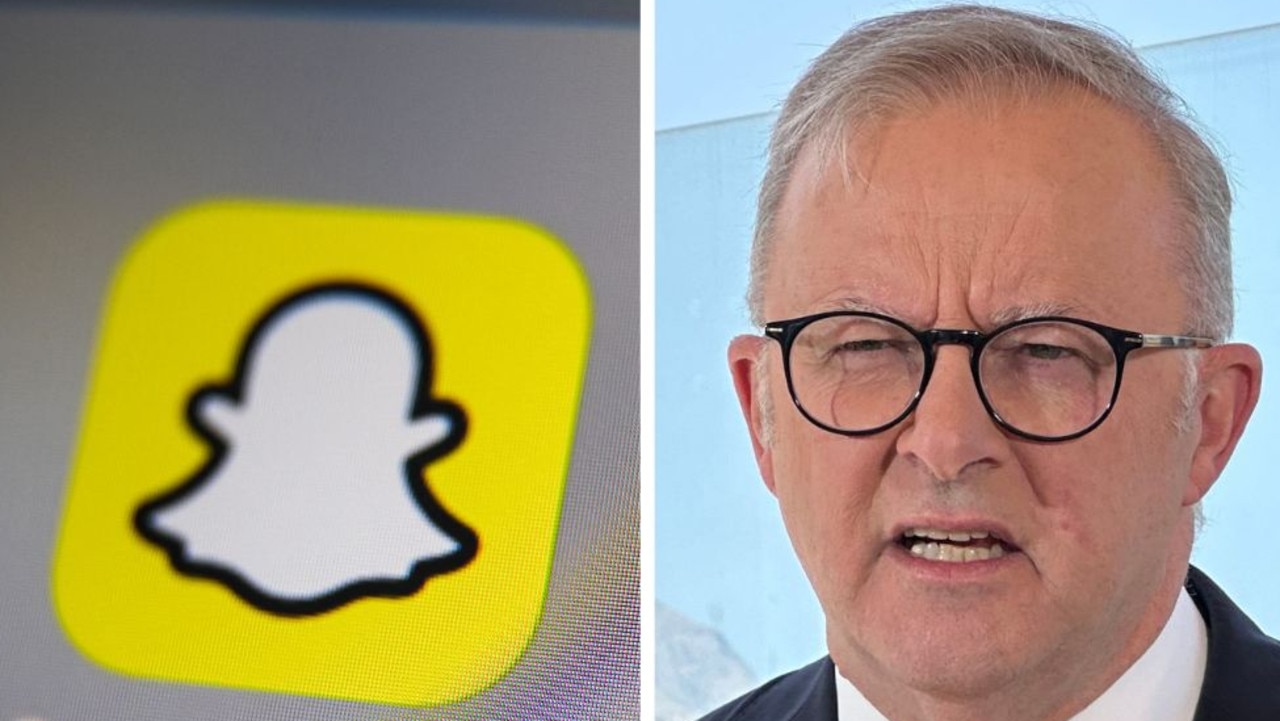Instagram won’t allow TikTok logo on its Reels platform
It never takes up more than a tiny percentage of your screen but Instagram doesn’t want to see it at all on its platform.

Online
Don't miss out on the headlines from Online. Followed categories will be added to My News.
Instagram has identified something it absolutely doesn’t want to see on its Reels platform: The logo of the competitor whose idea it copied.
In new guidance to “creators” Instagram warns them not to post Reels featuring, among other things, the dynamic little logo that appears on TikTok videos, which are frequently reposted to Instagram Reels.
“Content that is visibly recycled from other apps (i.e. contains logos or watermarks) makes the Reels experience less satisfying,” Instagram claimed in a “new best practices alert” on the Creators account.
“So, we’re making this content less discoverable in places like the Reels tab,” the company said.
RELATED: Facebook’s crackdown to anti-vaxxers

RELATED: Facebook Live captures horror moment
The platform said creators should follow the “best practices” to “have the best shot at being discovered”.
An early review of content being recommended on Instagram Reels at its Australian launch revealed a number of videos that had been cross-posted by TikTok creators seeking to expand their audience, a practice that continues but will likely become less visible in the next few weeks.
Other pieces of content being recommended on the app at launch included a video clip of an Osama bin Laden impersonation from the ABC’s Chaser’s War On Everything program.
That clip from the taxpayer-funded Australian television show aired in 2007, making it old enough to have its own Instagram account, though the ABC watermark would now mean it is no longer recommended by the US-based social media giant’s secretive algorithms.
RELATED: Apple ‘exposes’ Facebook tracking

INSTAGRAM’S NEW RULES FOR CREATORS
If you want to have “the best shot at being discovered” on the Instagram Reels tab here are the new rules to follow, according to the company that controls said tab.
DO POST A REEL THAT
• is entertaining and fun (i.e. it delights people, grabs their attention, makes them laugh or has a fun surprise or twist).
• is inspiring (i.e. starts a trend that others can easily participate in)
• uses creative tools like text (but not too much), filters or camera effects
• uses vertical video; horizontal videos are typically not as easy to recreate
• uses music from the Instagram music library and/or original audio you create or find on Reels
• is an experiment! Try something new, be yourself and see what works for you
So long as none of that experimentation results in content that Instagram doesn’t like, such as the following things that won’t work for you:
DON’T POST A REEL THAT
• is blurry due to low-resolution
• is visibly recycled from other apps (i.e. contains logos or watermarks)
• is uploaded with a border around it
• has the majority of the image covered by text
“These types of Reels won’t be recommend as often to people who don’t yet follow you in places like Reels tab, but will still be shown the way they always have been to your followers (for example, on your Profile or in Feed) as long as they meet our Community Guidelines,” a post on the Instagram Creators account read.
“BEST PRACTICES”
Facebook, the social media and advertising giant that may have only bought Instagram so it wouldn’t have to compete with it some day, has a demonstrable track record of influencing creators to produce the content it wants to sell ads on.
In 2015, while senior Facebook figures talked up video as the future of the platform, many media organisations began to “pivot to video” based on Facebook engagement metrics that would eventually cost the company $US40 million ($A51.8 million, or roughly 16 hours of Facebook profits according to the LA Times) after advertisers sued, claiming they were misled.
Facebook settled the lawsuit before it went to trial, so the company never had to admit or prove it did or did not inflate the metrics as advertisers alleged, though in September 2016 the company admitted it had “over-estimated” key video metrics for years.
Originally published as Instagram won’t allow TikTok logo on its Reels platform


